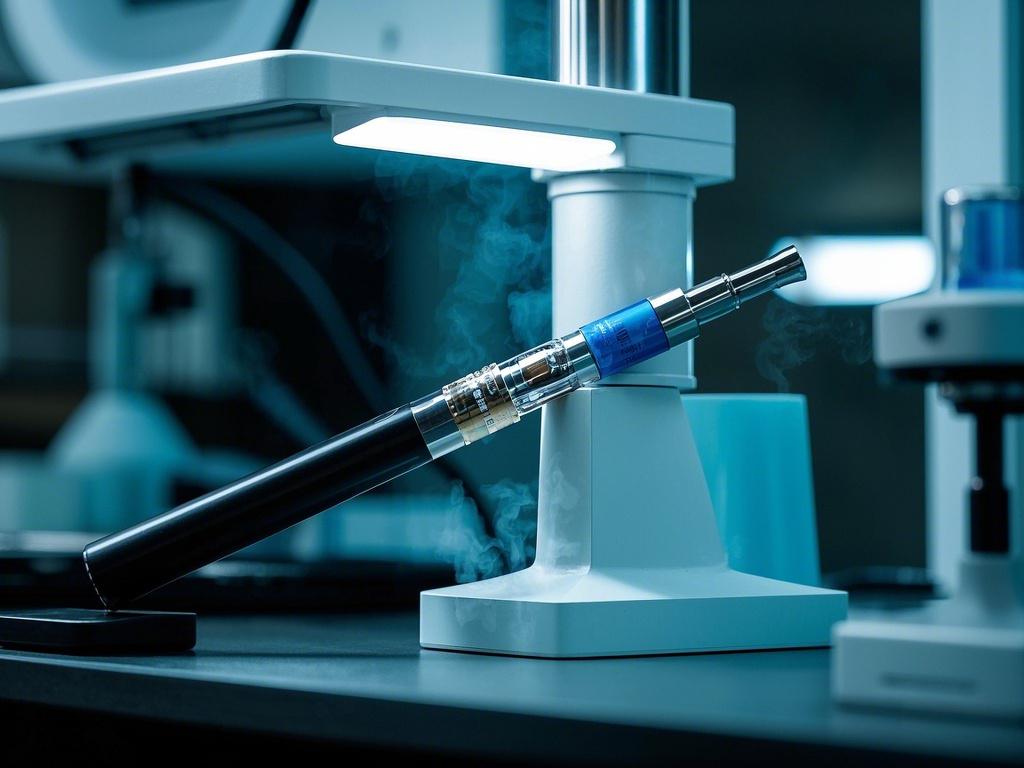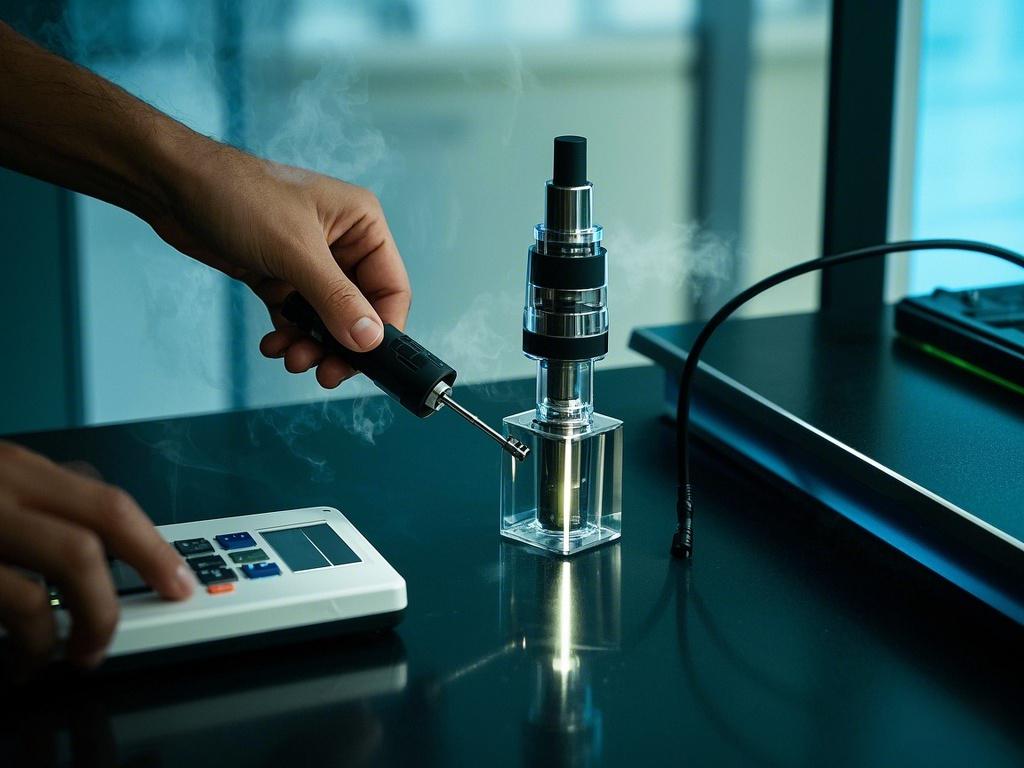1. Vaporisation Tech Evolution
The soul of vape flavours lies in atomisation efficiency. The 7th-gen honeycomb ceramic cores (0.6μm microporous structures) adopted by leading brands in 2023 decompose e-liquids into ultra-fine particles. Lab tests confirm a 37% improvement in flavour accuracy, particularly enhancing layered profiles in fruit-based vape flavours.
Dubbed "culinary-style vapour engineering" in industry jargon, this tech controls aerosol particle size. At 0.3-1.5μm, flavour intensity peaks as human taste receptors respond optimally—explaining why newer devices deliver fuller, richer experiences.

2. Flavour Micro-Encapsulation
To combat flavour degradation, labs developed dual-layer microcapsules:
Inner core: Encases key flavouring agents (e.g., strawberry ketones)
Outer shell: Heat-resistant phospholipid membrane (withstands 200°C)
This preserves 70% of flavour integrity during atomisation. Trials show 2.3x longer flavour persistence in vape flavours using this tech.
3. Sweetener Alternatives
With global restrictions on traditional sweeteners (e.g., sucralose), two solutions dominate:
Natural extracts: Steviol glycosides (from stevia)
Flavour enhancers: Maltol derivatives
A Shenzhen manufacturer’s FDA-approved formula extended mango vape flavour sweetness from 4s to 9s while passing compliance checks.
4. Precision Temperature Control
Optimal vape flavours demand tailored heating:
Tobacco: 190-210°C (unlocks nutty notes)
Fruit: 170-190°C (preserves volatile esters)
Menthol: 160-180°C (prevents coolant breakdown)
Next-gen chips now adjust temperatures in 0.1-second intervals, ensuring consistent performance when switching vape flavours.

5. Sensory Big Data
Top brands leverage AI-driven insights:
2M+ taste preference database
Regional vape flavour sensitivity mapping
AI-powered "hit flavour" predictions
Data reveals:
North America prefers high sweetness (0.7+ intensity)
Asian users favour clean finishes (≤6s aftertaste)
This approach boosted new vape flavour success rates from 18% to 43%.
Industry Snapshot
Global vape flavour patents up 29% YoY (2023 WIPO)
58.7% fruit flavours dominate (vs. 21.3% menthol, <20% tobacco)
Custom-flavour device sales surge 170% (DIY concentration/mix modes)
Critical Notes
Avoid sensitive additives (e.g., Vitamin E acetate)
Clean devices regularly to prevent flavour cross-contamination
Opt for nicotine salt formulas for smoother vape flavours
Conclusion
Modern vape flavour development merges materials science, biotech, and AI analytics. With EU TPD3 and FDA flavour restrictions, the industry prioritises safer, precision-engineered experiences. Master these 5 technologies to decode today’s vape flavour revolution.
(https://www.devilmist.com/)
Comments on “Decoding the 5 Core Technologies Behind Vape Flavour Development”